Into the White: Safe and Enjoyable Winter Hiking for Beginners
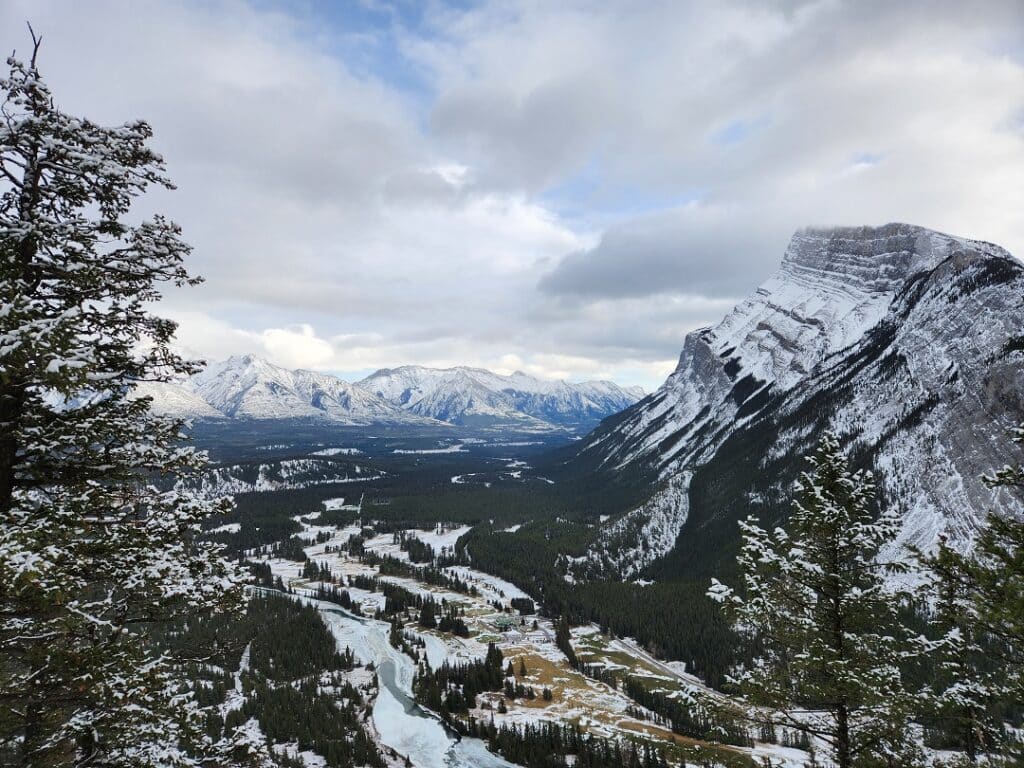
Winter brings a serene beauty to our favorite trails, transforming them into enchanting landscapes of icy wonder. But navigating these snowy paths requires some preparation. This guide to winter hiking for beginners will help you get started, so you can enjoy the outdoors safely and have fun.
Living close to the Rocky Mountains, means spending winters in what can be cold and snowy months. Over the last 10 years of hiking, I often enjoy the brisk weather and pristine white masterpieces you experience when hiking.
Winter Hiking is a process that requires planning, and following essential safety tips. So take your time and enjoy the great outdoors. This guide to winter hiking for beginners, will help you get started on the right foot and turn hiking into a lifelong passion. This post includes what you need to know, things to consider, what to take and other hiking tips.
If you want to skip to the free checklist, then click here – or keep reading.
Disclaimer: This post may include affiliate links. If you click one of them, I may receive a small commission at no extra cost to you.
Start With The Right Winter Hiking Gear:
Winter hiking demands specialized gear to keep you warm and safe. Layer your clothing, focusing on insulation, waterproofing, and breathability. Invest in a quality pair of waterproof hiking boots, thermal socks, insulated gloves, and a beanie or toque to retain body heat.
If you are wondering how to stay warm hiking in winter, then keep reading for a list of recommendations for the best clothing to wear.
Hiking Boots
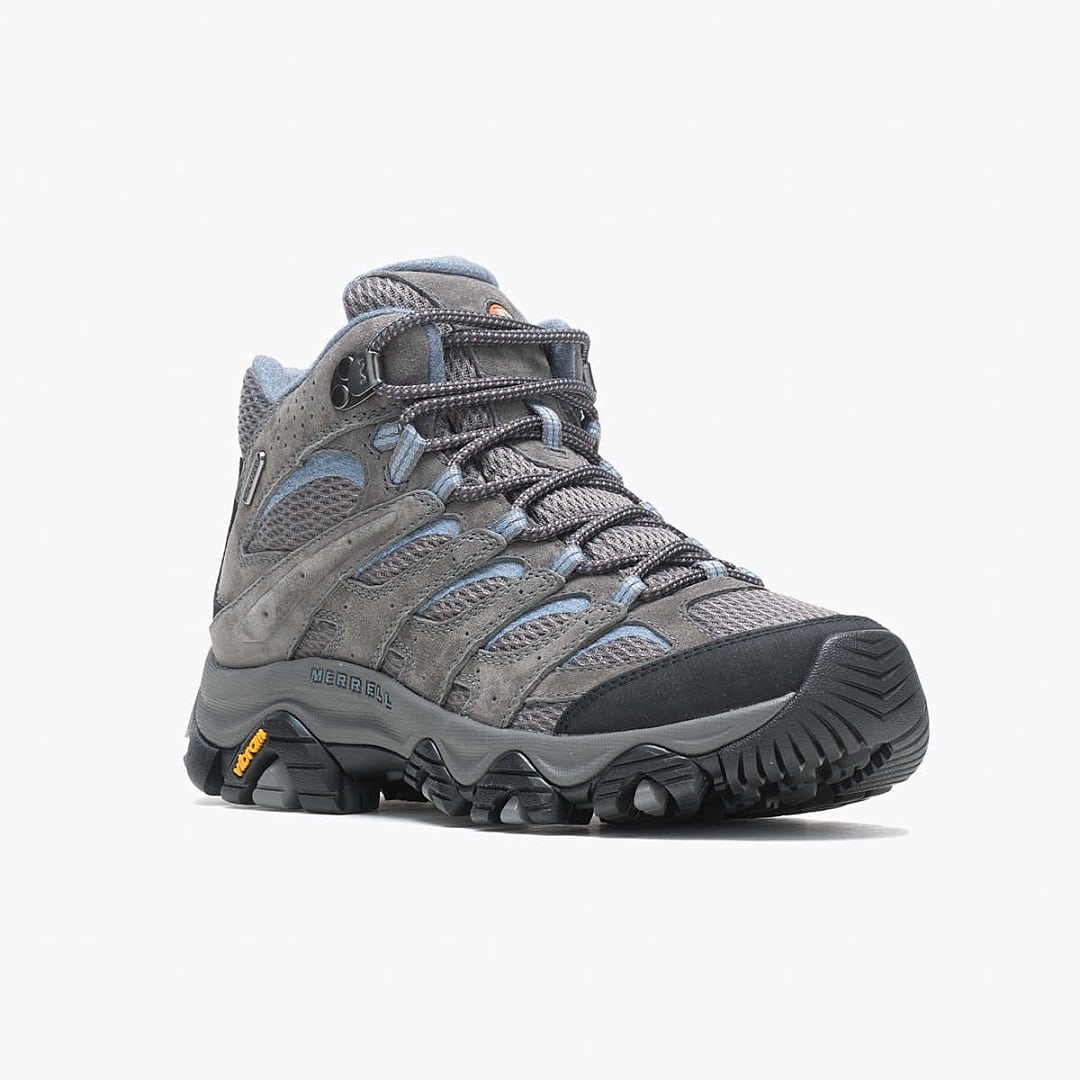
Having proper support for your feet is one of the most important tips for hiking. Hiking boots are engineered to provide protection, support, and comfort. Hiking boots typically feature a high-top design that covers the ankle, offering excellent ankle support and stability. High-quality boots often come with waterproof and breathable material, ensuring your feet stay dry in wet conditions. Hiking boots should come with insulation for warmth in cold weather.
To be honest, I have even worn regular winter boots for hiking, especially if I am wearing crampons. More on that below.
My favorite brand is anything Merrell, especially the Merrell Moab 3 Mid Waterproof Hiking Boots.
Microspikes or Crampons
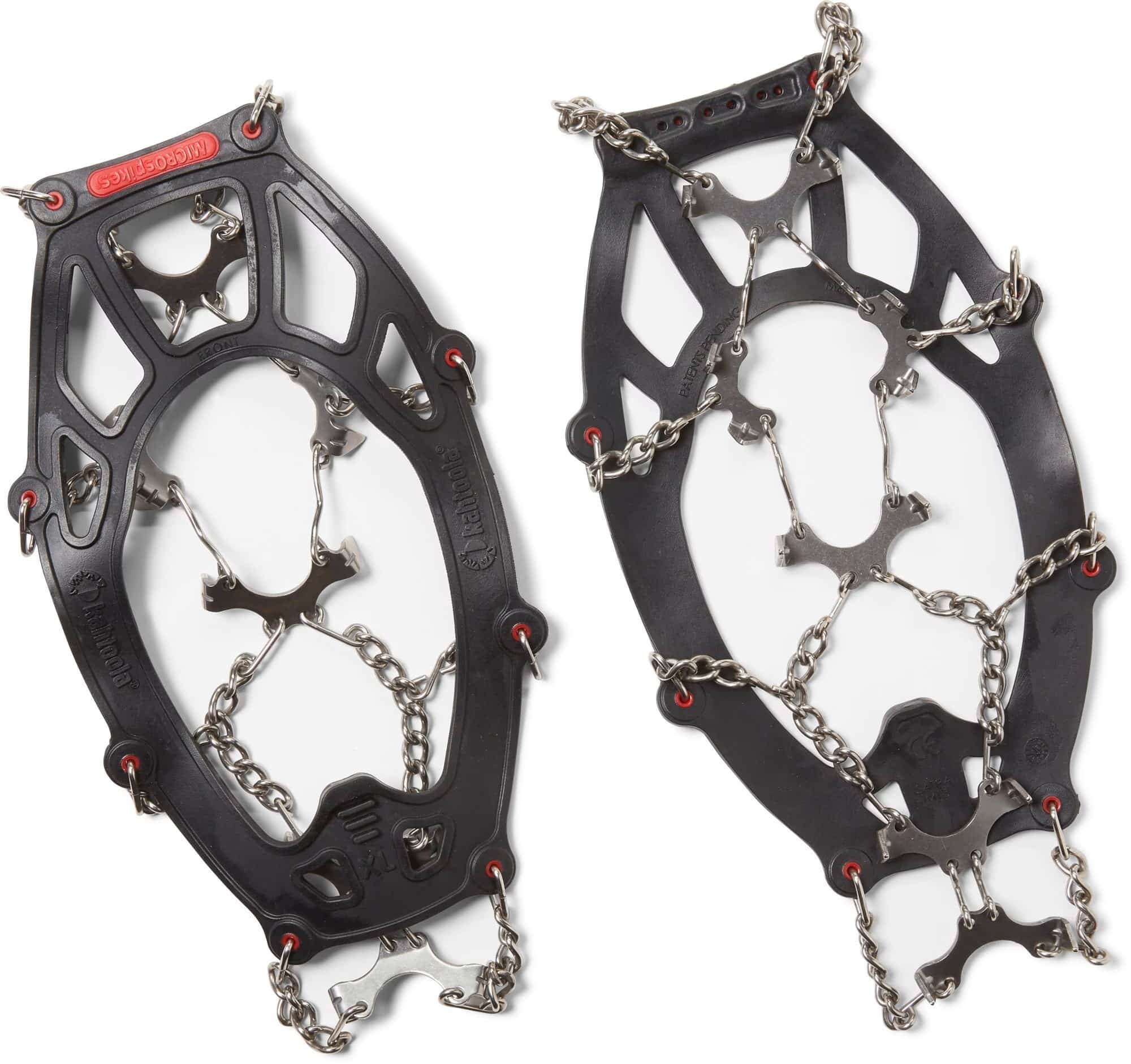
Microspikes or Crampons – These are a must when winter hiking. They provide extra grip when walking on snow or icy surfaces. Microspikes are similar to crampons as both use small teeth to provide traction. However, crampons have much larger teeth and provide more aggressive traction than microspikes do.
These are my favorite microspikes for winter hiking and worth the investment:
Thermal Socks
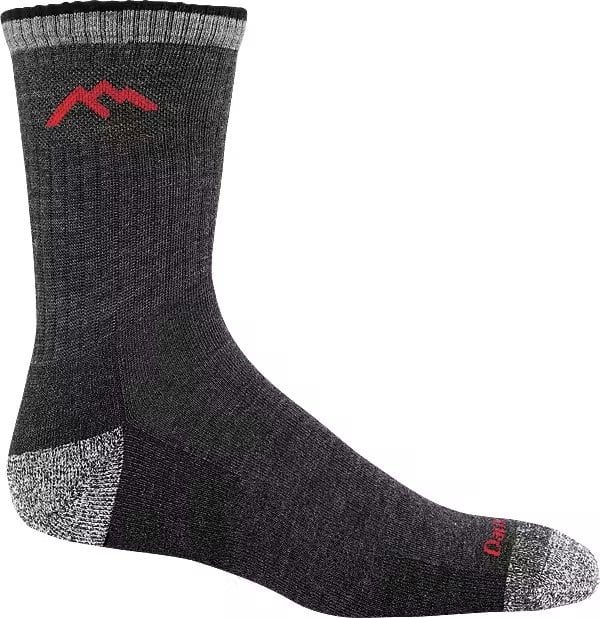
These are designed to provide warmth, comfort, and moisture-wicking properties to keep your feet dry and cozy while traversing through different terrains in cold weather conditions. Choose moisture-wicking and cushioned hiking socks with a seamless design to keep your feet comfortable. Properly fitted thermal socks should hug the contours of the foot and leg without being too tight. Merino wool is a popular choice of material to keep insulation and breathability under your boots.
Hiking Clothes
Dressing appropriately is crucial for winter hiking. Layering is key to managing body temperature and moisture, and it’s crucial to choose materials that retain their insulating properties when wet. Adjust layers as needed, removing or adding them according to your activity level and weather conditions to prevent overheating or cooling.
Here is a guide on choosing clothes for winter hiking for beginners:
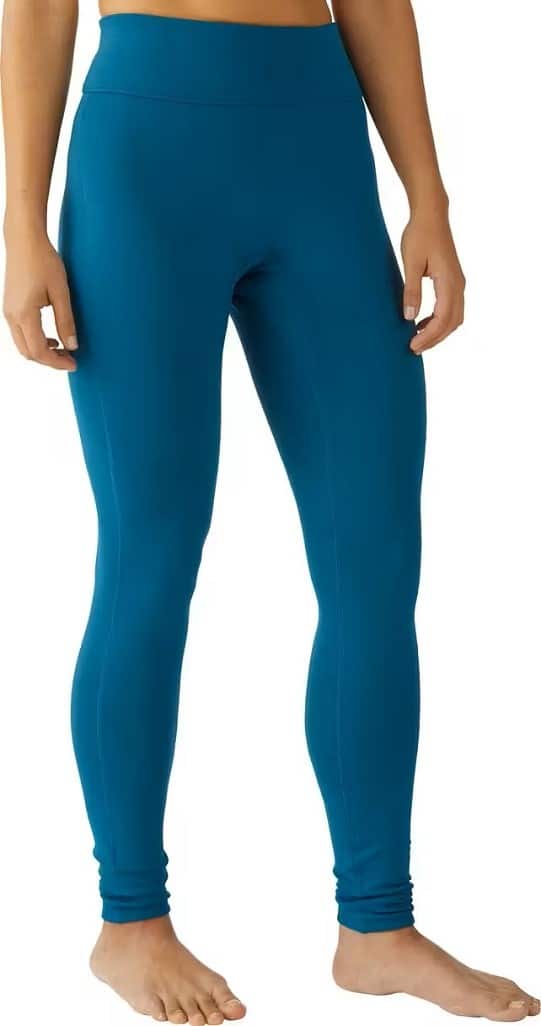
Long Underwear
Opt for moisture-wicking and quick-drying materials like merino wool or synthetic fabrics that serve as a way to wick sweat from the skin, maintaining dryness and warmth.
Long Sleeved Shirt
A great base layer to wear. Best to keep it snug against your body for optimal warmth.
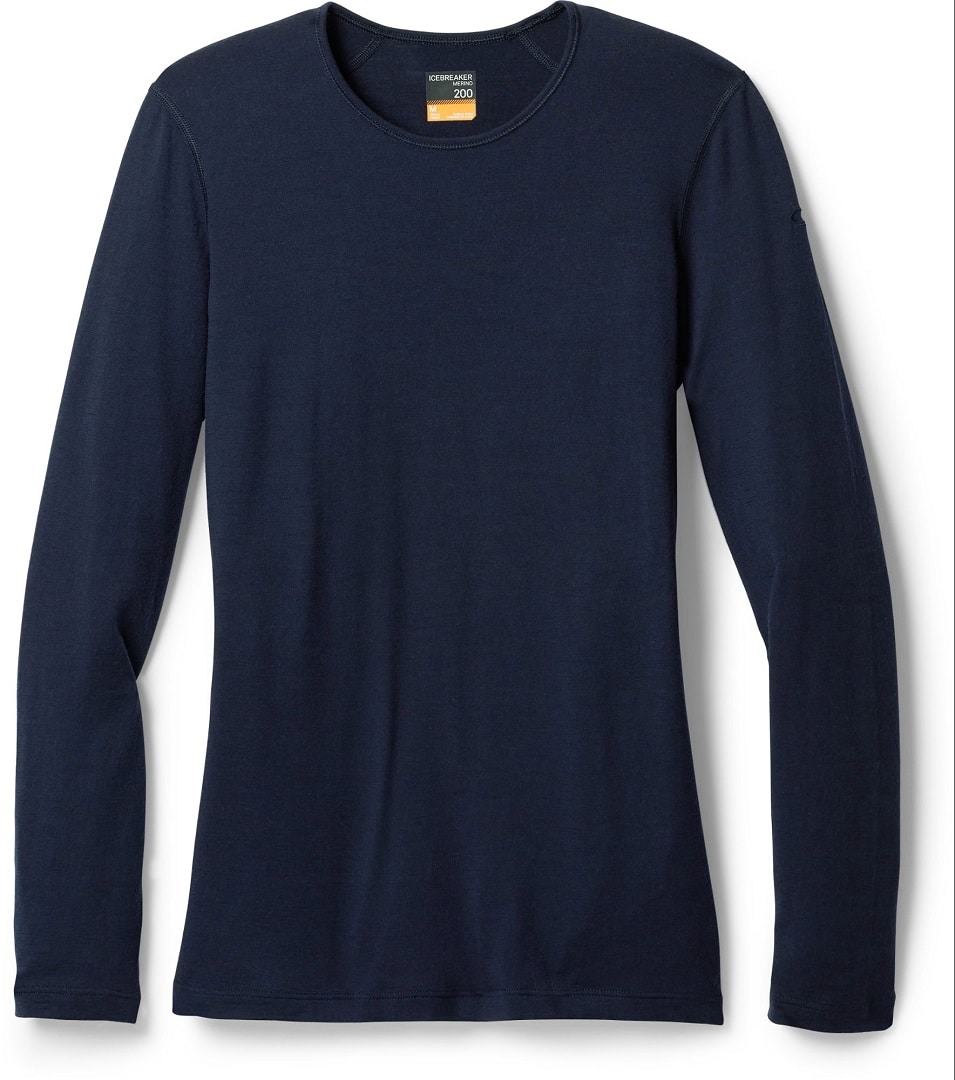
Fleece Jacket
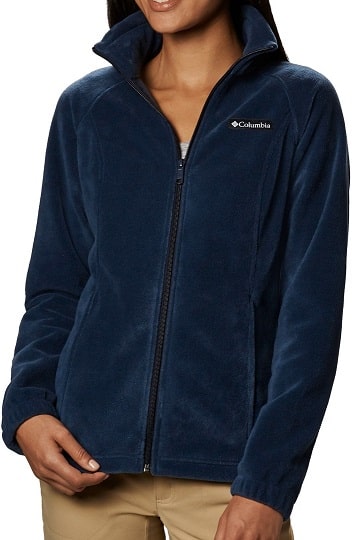
I honestly love wearing a fleece jacket or hoodie. They make excellent mid-layers for colder conditions. They provide warmth and moisture-wicking properties while allowing for breathability.
I love the MEC brand in Canada and Columbia brand in the US.
Insulated Jacket
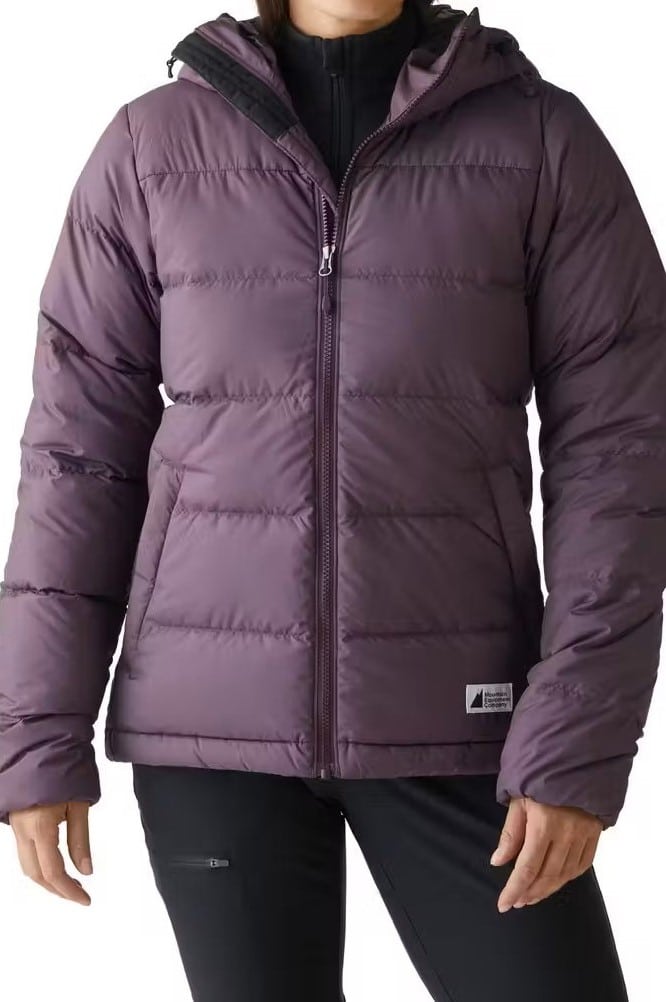
Insulated jackets are designed to keep you warm in cold weather. They come in two main types: down insulation (which is very warm but loses its insulating properties when wet) and synthetic insulation (which retains warmth even when wet).
Choose the one that suits your needs based on the expected conditions. I prefer down insulation in the winter. The puffier the better.
There are many options available for jackets, depending on what you are looking for. Ensure that whatever you choose is comfortable and will protect you if you have to deal with the elements.

Gloves
Protect your hands from cold, wind, and moisture with waterproof and insulated materials. There are many different types to choose from. Ensure that the gloves or mittens are comfortable for you.
Beanie / Toque
These are a must to retain heat that would otherwise be lost through the head. Choose the best one for you.
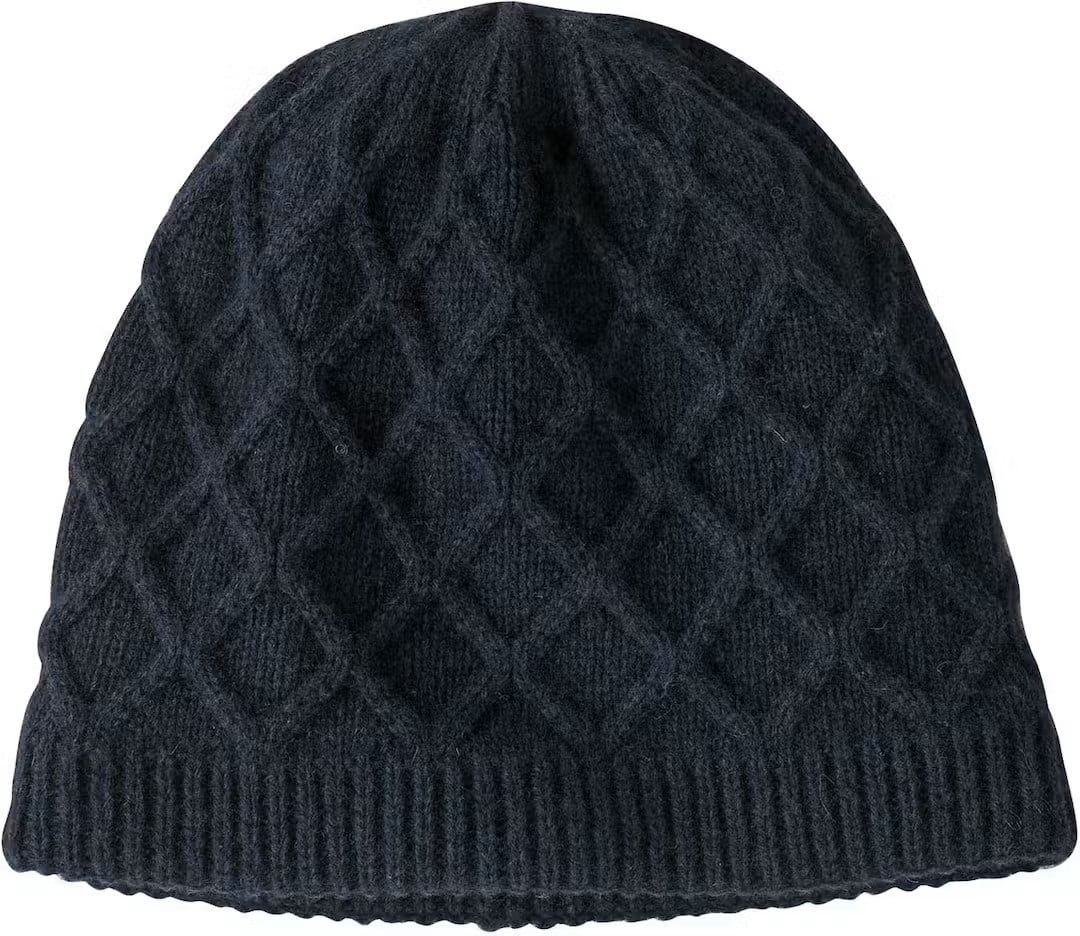
TIP: Neck gaiter, neck warmer or scarf can also help to keep your face warm, especially if it is windy.
Essentials to Take When Winter Hiking:
Daypack / Backpack
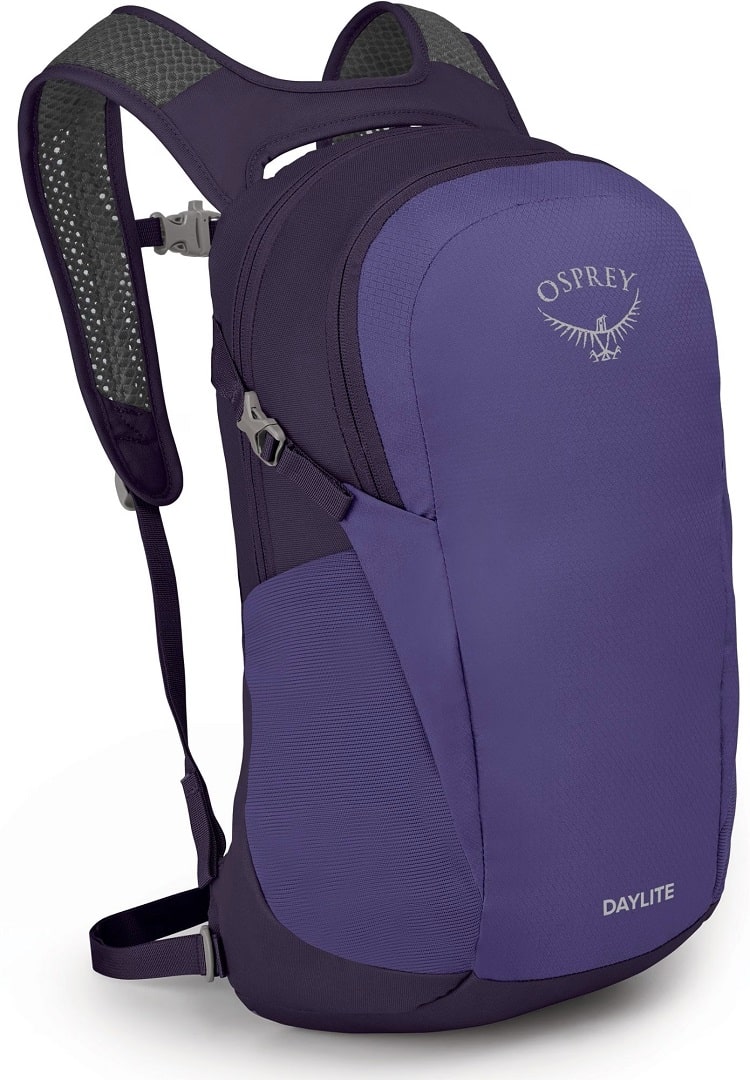
This must-have backpack is essential for getting started with winter hiking. It should be specifically engineered to provide comfort, durability, and functionality for extended periods of outdoor use. It should be able to carry all your essential items and is very important for your hike.
Things to consider are the size, fit and comfort, access areas, water resistance, durability, pockets and my personal must is pockets on the outside to carry your water in.
My hands down favorite brand of daypacks is Osprey:
Trekking Poles
Great addition for people who need a little extra support when winter hiking. They provide stability, aid in uphill climbs, improve posture and are adjustable for height.
Toe / Hand Warmers
These are fantastic to keep your extremities warm when winter hiking. I love using these to keep toasty!
Insulated Flask
This multi use flask should be made with superior insulation that will keep liquids (soup, coffee, tea, water) hot or cold drinks cool for longer periods of time. This is a great recommendation:
First Aid Kit
Definitely a must!
Whistle
If you get lost or injured, this is a necessity to be able to notify people of where you are. The protocol is to blow three quick times as an emergency notification.
GPS / Mobile Phone
Depending where you are, you may not have a signal. It’s essential to let people know where you are going, how long the hike is, and when you expect to be back. My mom always knew where I was. 🙂
Toilet Paper
There’s a really good chance you won’t have an outhouse when you are hiking and you never know what your body might decide it wants to do!
Trash Bags
Pack it in, pack it out. Respect nature and your surroundings.
Food
Snacks and/or Meals, depending on the length of your hike. Always best to have extra food just in case you get delayed in any way.
I once went for walk which was supposed t be a leisurely stroll around a lake. While o the hike, with suggestions of people I met, I ended hiking up to the top of the 1st mountain I had ever hiked. Luckily I was prepared!
Get your free winter hiking for beginners checklist. This includes everything you will need for winter hiking. (You’ll also be subscribing to my newsletter)
If you are starting hiking in the warmer months, get your free hiking checklist below.
Select an Appropriate Trail:
Choose trails with a lower difficulty level when starting. Look for well-traveled paths as they are likely to be safer and more manageable. Gradually progress to more challenging trails as you gain experience and confidence. Not all trails are created equal, and some are better suited for beginners.
Start at a level that you are comfortable with, and build up your endurance. There is no harm in that. Winter hiking can be more physically demanding, depending on the trail’s difficulty level when you are traversing over snow and/or ice.
Research trails using apps like Alltrails, Gaia GPS or just by searching the internet. Many of the apps for hiking allow people to provide their reviews of the trails, so it’s a great way to know what you are going to encounter, the best way to go (if it is a loop trail) and any other useful tips.
Make sure you check the local parks you will be going to and ensure you have a parking pass (if required) for entry. Most national and state parks require a pass for entry. Some parks may actually be closed during the winter season.
Know The Weather:
Check the weather forecast meticulously before heading out. Today there are many weather apps you can use to be prepared for rapid weather changes and shorter daylight hours. In severe weather conditions, it’s safer to reschedule your hike. Winter hiking for beginners should be fun and not treacherous.
Learn about Avalanche Safety:
Educate yourself about avalanche risk and safety if you are hiking in mountainous areas with snow accumulation. Consider an avalanche safety course and carry avalanche safety gear. No view or mountain is worth risking your life over.
You can find information on avalanche safety at US site or Canada site.
Find People To Join You:
Once you find the trail you want to do, you may want to find someone to hike with. If you don’t have a friend who wants to hike with you, there are lots of groups that you can join that are for hikers of different levels. One of the best groups that I joined was in the Women Who Hike community. There are Facebook groups or meetup groups in your local area that you can reach out to.
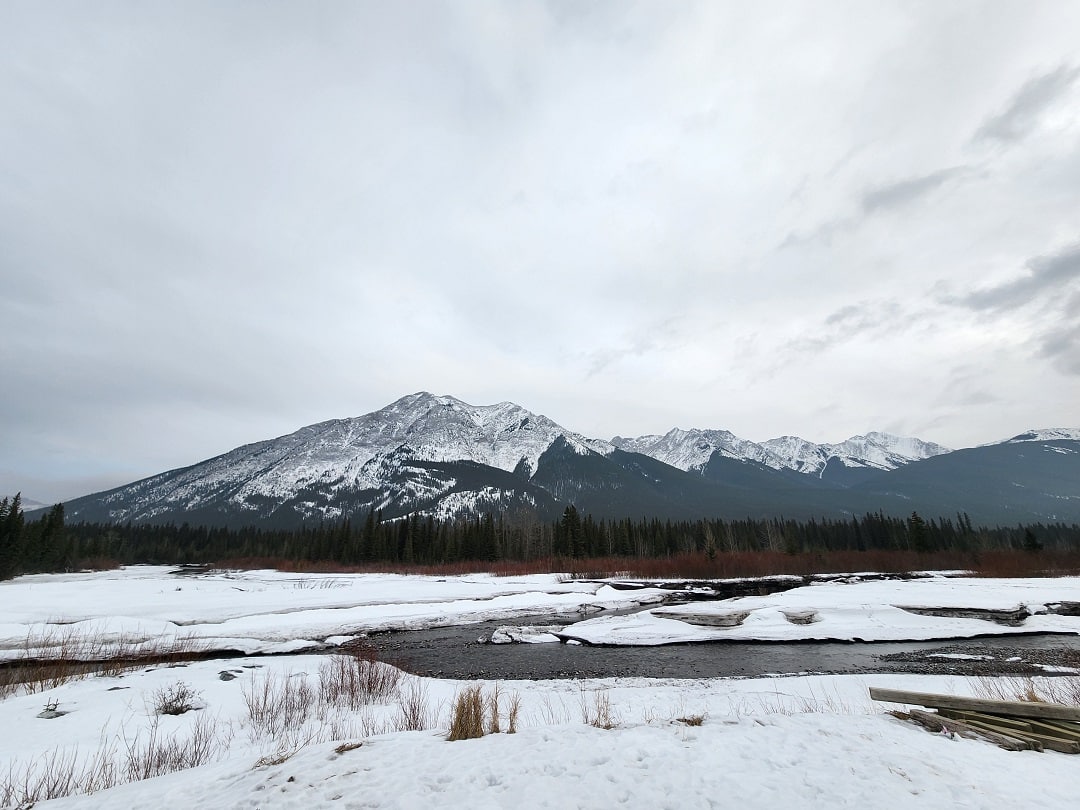
Trail & Hiking Tips for Winter Hiking for Beginners:
- Pay attention to your surroundings at all times. Keep your eyes and ears open for any changes, wildlife, or unusual sounds. If you encounter wildlife, keep a safe distance and avoid feeding wild animals.
- Snow and ice can make trails slippery. Walk at a steady, relaxed pace, and use trekking poles for additional stability. Avoid overexertion and pay attention to your body’s signals.
- Stick to marked trails and follow any posted signs or markers. Follow maps or apps for trail routes. This will help you stay on a designated path and reduce the chances of getting lost.
- Follow the Leave No Trace Principles: Respect the natural environment and leave it as you found it. This includes not disturbing wildlife and picking up trash.
Winter hiking for beginners can unveil a unique, tranquil side of nature, transforming trails into magical snow-covered escapes. With the right preparation, gear, and knowledge, even beginners can safely enjoy the spectacular wonders of winter hiking. So, gear up, step into the snowy wilderness, and embrace the chill while you connect with nature.
Don’t forget to download your winter hiking for beginners checklist!
If you enjoyed my post, follow me on social media or subscribe to my newsletter below, so you can stay connected on future posts, hiking trips and more.



Thanks a lot for these tips, these are very beginner-friendly. I want to try a winter hike someday and definitely, I saved this for my guide.
Great post! It’s so important to match the route and abilities. Seen a fair few hikers needing rescue last time I was in the Bavarian Alps, totally preventable as there are a bunch of designated winter hiking trails!
Great Post Melanie!
I looove hiking in winter. I think the things I would add to your list are:
1. a light! (it’s the main reason for search and rescue call outs when the sun sets)
2. a shelter (at least a small space blanket to keep you warm)
3. extra battery for your phone (as batteries drain so much faster in the cold!)
And try to choose slightly easier trails than you would in summer as things are always a bit harder when it’s cold/wet/snowy.
Great suggestions! Thanks
What an insightful listicle of top things to have for hiking! As a beginner hiker, I found this article really helpful on the essentials to pack! Thanks for sharing your recommendations!
Very timely. You answered so many of my winter hiking questions, like the difference b/t crampons and micro spikes. I’m in Colorado too!
These are so important – I can’t describe how much more at ease I was when I got my microspikes! They make it SO much easier and safer for a clutz like me. Even if it’s not icy, it helps in mud and that slush that snow becomes on warmer days. I’ll have to look into an insulated flask though that would be nice! Haha
Amazing tips! Living in Colorado, I love winter hiking!
What a fantastic and thorough article! As someone who’s never been hiking in winter or dealt with snow, I found it a very informative read and easy to follow. It feels like you definitely covered all of the things I would be concerned about – gear and safety. I would love to visit a location with snow someday and go hiking, it would be such a wonderful, new experience, despite probably being challenging.
So helpful and informative as we head into the winter hiking season. I live on Vancouver Island and people can be caught off guard and unprepared when they go up in elevation. Just a little “up” can turn the trail from mud to ice!
Winter is actually my fav time to hike..and avoid buys and poison ivy etc.. but I def need to get hiking poles…thanks for the rec!
Me too! I love winter hiking!
Thank you for this perfect checklist. So many useful tips!